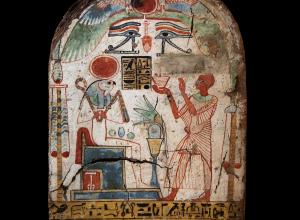Nearly everyone familiar with the world of rare books has heard of the Book of Hours, the so-called bestseller of the late Middle Ages and the Renaissance. However, few people, except specialist librarians, scholars, book dealers, and some collectors can define precisely what comprises a Book of Hours.
Latest Art News
Even as the art world continues to make strides toward gender equity, its history still holds major gaps. One such gap is the work of artist Jeanne Coppel. The Romanian-born French painter was a trailblazer in the use of abstraction in the 20th century.
This month marked the World Heritage Committee’s 47th update of UNESCO’s World Heritage List. The assembly– which was held from July 6th through the 16th at UNESCO headquarters in Paris– resulted in the inscription of 26 cultural and natural properties added as Heritage Sites, an extension of two pre-existing sites, and the removal of three others from the List of World Heritage in Danger.
While many major exhibitions during Upstate Art Weekend have been covered by other media outlets this year, Art & Object has opted to highlight smaller shows at notable venues across Upstate New York and some galleries just across the border in Connecticut.
“Madonna and Child” is a 16th-century painting by Renaissance artist Antonio Solario, also known as Lo Zingaro, whose other works can be found in London’s National Gallery. After being acquired in 1872, the painting safely resided in the civic museum of Belluno, a quaint town nestled in northern Italy’s Dolomite mountains.
Franz von Stuck (1863-1928) was a German painter, sculptor, printmaker, and architect.
The course of this global pandemic has left many feeling shattered and searching for distraction. Derived from two small Japanese words meaning golden and joining, kintsugi is fundamentally about ‘beautifully mending a broken thing.’
Summertime’s gardens have long inspired artists and botanists. Botanical illustration emerged around the time of Plato, more than 2,000 years ago. The medium launched not as a fine art, but as a record-keeping device and a teaching tool. At the time, botany and medicine essentially were one and the same.
Since its 1996 debut, Pokémon has grown into a worldwide, pop-cultural phenomenon. For Japanese fans, however, Pokémon carries far more cultural significance due to its strong connection to the still widely practiced Shinto faith.
Can the visual arts capture movement in stillness? This slideshow traces the representation of dance, particularly of dancing groups, through western art history with special attention paid to the trope’s Grecian origins. Maenads, the female followers of Dionysus, and Nymphs, usually following Hermes or Pan, are among the most popular dancing Greek figures.


![DEl Kathryn Barton [Australian b. 1972] the more than human love , 2025 Acrylic on French linen 78 3/4 x 137 3/4 inches 200 x 350 cm Framed dimensions: 79 7/8 x 139 inches 203 x 353 cm](/sites/default/files/styles/category_card_187x139/public/ab15211bartonthe-more-human-lovelg.jpg?itok=LJbNuU6F)

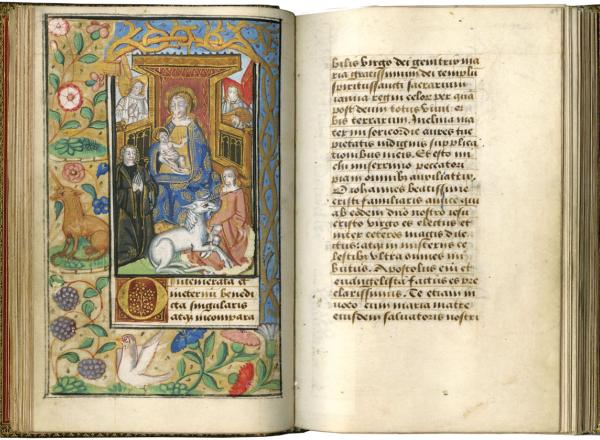
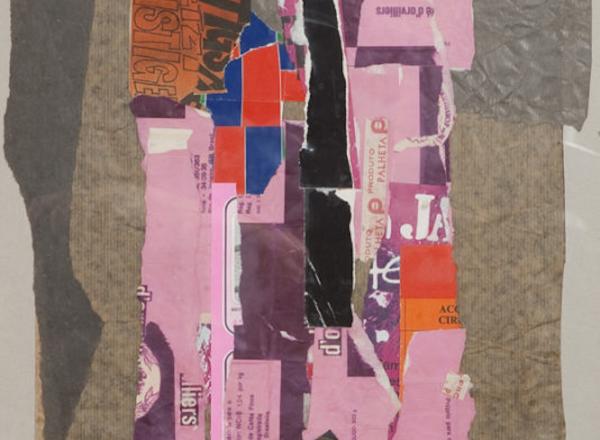


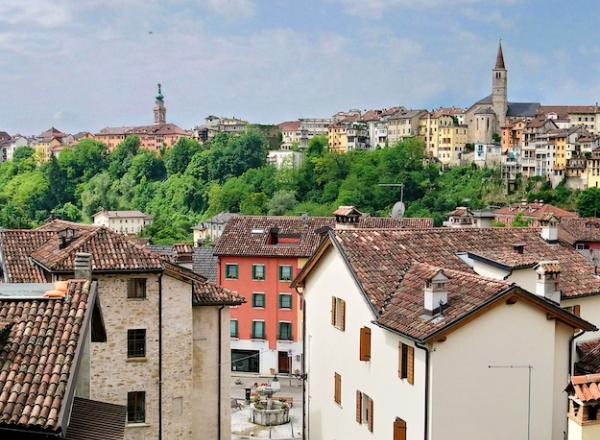
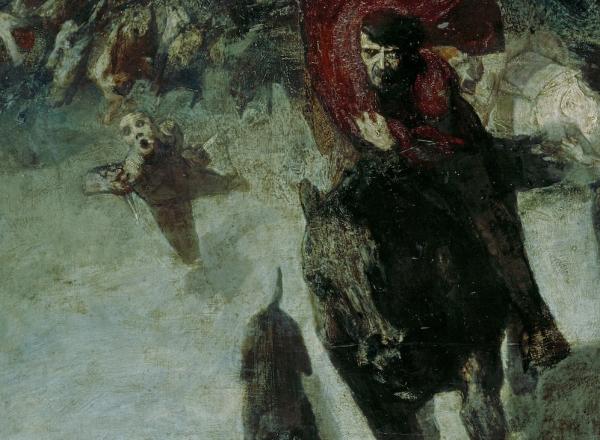

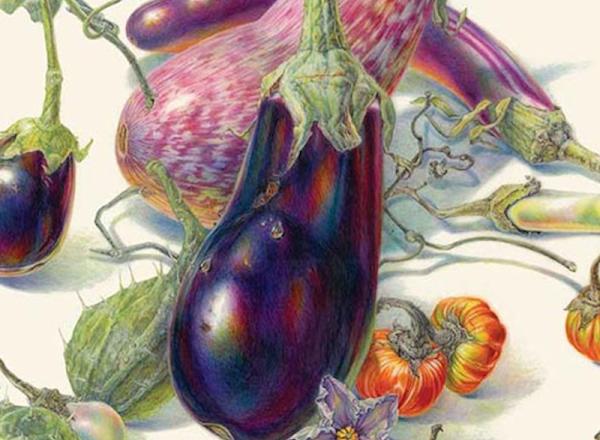














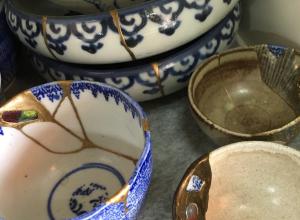
![Merina [Pop Chalee] Lujan, Taos, 1906 – 1993, Yellow Horse, gouache on paper, 13 1/8 x 18 1/8 in. (33.3 x 46 cm.) Estimate: 1,000 – 2,000](/sites/default/files/styles/image_5_column/public/4630-58.jpg?itok=kBAYkc0u)
![Ginevra de’ Benci [obverse]. 1474/1478. Leonardo da Vinci. Oil on Panel. Ailsa Mellon Brue Fund, National Gallery of Art.](/sites/default/files/styles/image_5_column/public/ginevradebenciobverse196761a.jpg?itok=hIzdUTaK)



